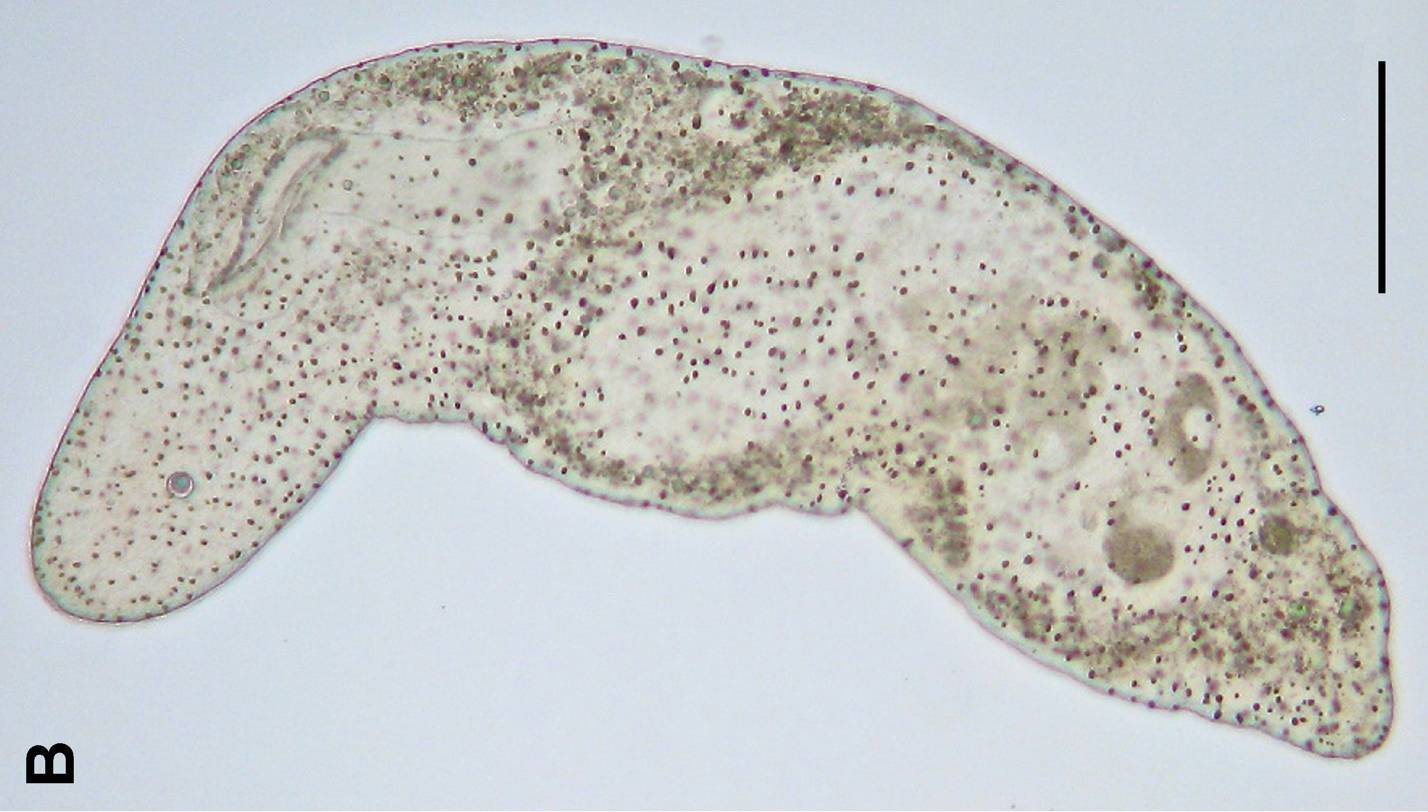|
Ammotrophus
''Ammotrophus'' is a genus of echinoderms belonging to the family Clypeasteridae Clypeasteridae is a family of sea urchins in the order Clypeasteroida. This family was first scientifically described in 1835 by the Swiss-American biologist Louis Agassiz. Genera The World Register of Marine Species list the following genera as .... The species of this genus are found in Australia. Species: *'' Ammotrophus arachnoides'' *'' Ammotrophus crassus'' *'' Ammotrophus cyclius'' *'' Ammotrophus platyterus'' References Clypeasteridae Echinoidea genera Echinoderms of Oceania {{echinoidea-stub ... [...More Info...] [...Related Items...] OR: [Wikipedia] [Google] [Baidu] |
Ammotrophus Crassus
''Ammotrophus'' is a genus of echinoderms belonging to the family Clypeasteridae. The species of this genus are found in Australia. Species: *''Ammotrophus arachnoides'' *''Ammotrophus crassus'' *''Ammotrophus cyclius'' *''Ammotrophus platyterus'' References Clypeasteridae Echinoidea genera Echinoderms of Oceania {{echinoidea-stub ... [...More Info...] [...Related Items...] OR: [Wikipedia] [Google] [Baidu] |
Ammotrophus Arachnoides
''Ammotrophus arachnoides'' is a species of sand dollar of the family Arachnoididea. Their external skeleton, known as a test (biology), test, is covered with spines. It belongs to the genus ''Ammotrophus'' and lives in the sea off southern Australia. Ammotrophus arachnoides was first scientifically described in 1938 by Hubert Lyman Clark, Hubert Clark.Kroh, A. (2010). ''Ammotrophus arachnoides'' (Hubert Lyman Clark, 1938). In: Kroh, A. & Mooi, R. (2010World Echinoidea Database at the World Register of Marine Species. References Clypeasteridae Animals described in 1938 Taxa named by Hubert Lyman Clark {{echinoidea-stub ... [...More Info...] [...Related Items...] OR: [Wikipedia] [Google] [Baidu] |
Ammotrophus Cyclius
''Ammotrophus cyclius'' is a species of sand dollar of the family Clypeasteridae. Their external skeleton, known as a test, is covered with spines. It belongs to the genus ''Ammotrophus'' and lives in the seas off southern Australia. ''Ammotrophus cyclius'' was first scientifically described in 1928 by Hubert Clark Hubert Lyman Clark (January 9, 1870 – July 31, 1947) was an American zoologist. The son of Professor William Smith Clark, he was born at Amherst, Massachusetts, and educated at Amherst College and Johns Hopkins University. From 1899 to 1905 he w ....Kroh, A. (2010). ''Ammotrophus cyclius'' (Hubert Lyman Clark, 1928). In: Kroh, A. & Mooi, R. (2010World Echinoidea Database at the World Register of Marine Species. References Clypeasteridae Animals described in 1928 Taxa named by Hubert Lyman Clark {{echinoidea-stub ... [...More Info...] [...Related Items...] OR: [Wikipedia] [Google] [Baidu] |
Ammotrophus Platyterus
''Ammotrophus platyterus'' is a species of sand dollar of the family Clypeasteridae. Their armour is covered with spines. It came from the genus Ammotrophus and lives in the sea. Ammotrophus platyterus was first scientifically described in 1928 by Hubert Clark Hubert Lyman Clark (January 9, 1870 – July 31, 1947) was an American zoologist. The son of Professor William Smith Clark, he was born at Amherst, Massachusetts, and educated at Amherst College and Johns Hopkins University. From 1899 to 1905 he w ....Kroh, A. (2010). ''Ammotrophus platyterus'' (Hubert Lyman Clark, 1928). In: Kroh, A. & Mooi, R. (2010World Echinoidea Database at the World Register of Marine Species. References Clypeasteridae Animals described in 1928 Taxa named by Hubert Lyman Clark {{echinoidea-stub ... [...More Info...] [...Related Items...] OR: [Wikipedia] [Google] [Baidu] |
Clypeasteridae
Clypeasteridae is a family of sea urchins in the order Clypeasteroida. This family was first scientifically described in 1835 by the Swiss-American biologist Louis Agassiz. Genera The World Register of Marine Species list the following genera as being in this family:- *''Ammotrophus'' H.L. Clark, 1928 *'' Arachnoides'' Leske, 1778 *'' Clypeaster'' Lamarck, 1801 *''Fellaster ''Fellaster'' is a genus of echinoderms belonging to the family Clypeasteridae. The species of this genus are found in Australia and New Zealand. Species: *'' Fellaster incisa'' *''Fellaster zelandiae ''Fellaster zelandiae'', which is also ...'' Durham, 1955 *'' Monostychia'' Laube, 1869 References Clypeasteroida Echinoderm families {{echinoidea-stub ... [...More Info...] [...Related Items...] OR: [Wikipedia] [Google] [Baidu] |
Echinoderm
An echinoderm () is any member of the phylum Echinodermata (). The adults are recognisable by their (usually five-point) radial symmetry, and include starfish, brittle stars, sea urchins, sand dollars, and sea cucumbers, as well as the sea lilies or "stone lilies". Adult echinoderms are found on the sea bed at every ocean depth, from the intertidal zone to the abyssal zone. The phylum contains about 7,000 living species, making it the second-largest grouping of deuterostomes, after the chordates. Echinoderms are the largest entirely marine phylum. The first definitive echinoderms appeared near the start of the Cambrian. The echinoderms are important both ecologically and geologically. Ecologically, there are few other groupings so abundant in the biotic desert of the deep sea, as well as shallower oceans. Most echinoderms are able to reproduce asexually and regenerate tissue, organs, and limbs; in some cases, they can undergo complete regeneration from a single limb. ... [...More Info...] [...Related Items...] OR: [Wikipedia] [Google] [Baidu] |
Echinoidea Genera
Sea urchins () are spiny, globular echinoderms in the class Echinoidea. About 950 species of sea urchin live on the seabed of every ocean and inhabit every depth zone from the intertidal seashore down to . The spherical, hard shells (tests) of sea urchins are round and spiny, ranging in diameter from . Sea urchins move slowly, crawling with tube feet, and also propel themselves with their spines. Although algae are the primary diet, sea urchins also eat slow-moving (sessile) animals. Predators that eat sea urchins include a wide variety of fish, starfish, crabs, marine mammals. Sea urchins are also used as food especially in Japan. Adult sea urchins have fivefold symmetry, but their pluteus larvae feature bilateral (mirror) symmetry, indicating that the sea urchin belongs to the Bilateria group of animal phyla, which also comprises the chordates and the arthropods, the annelids and the molluscs, and are found in every ocean and in every climate, from the tropics to the pola ... [...More Info...] [...Related Items...] OR: [Wikipedia] [Google] [Baidu] |

